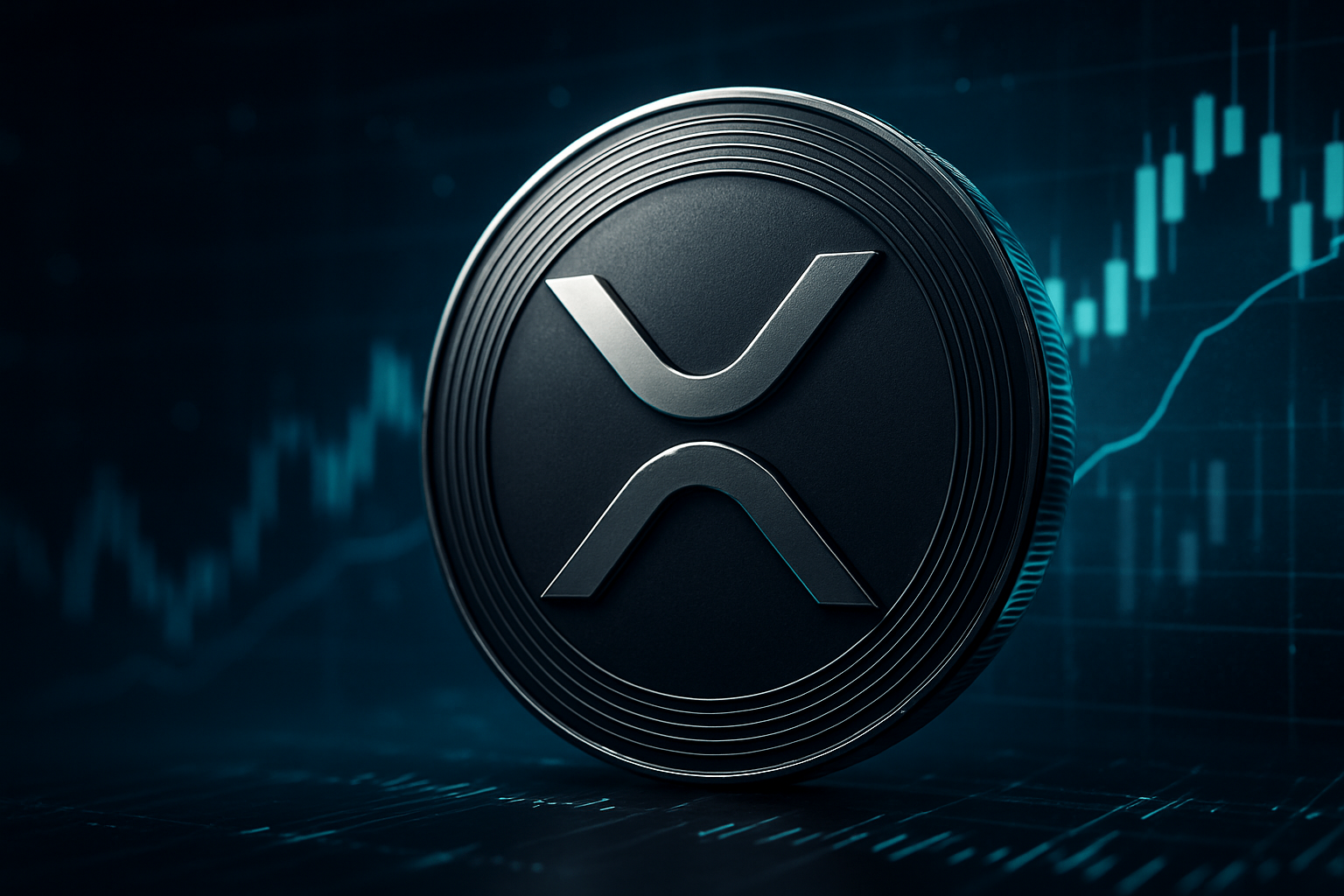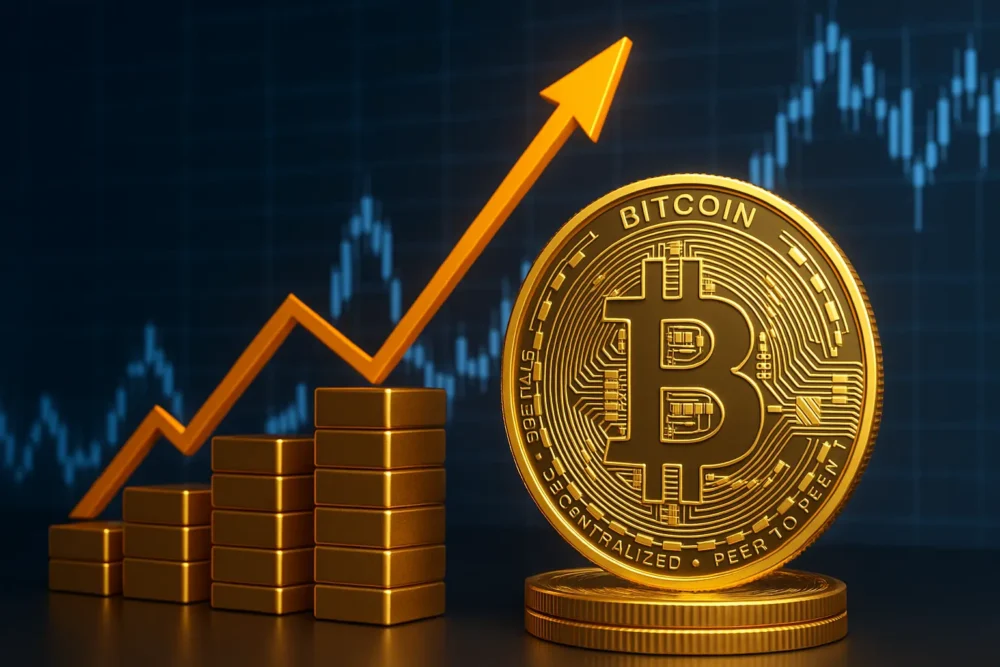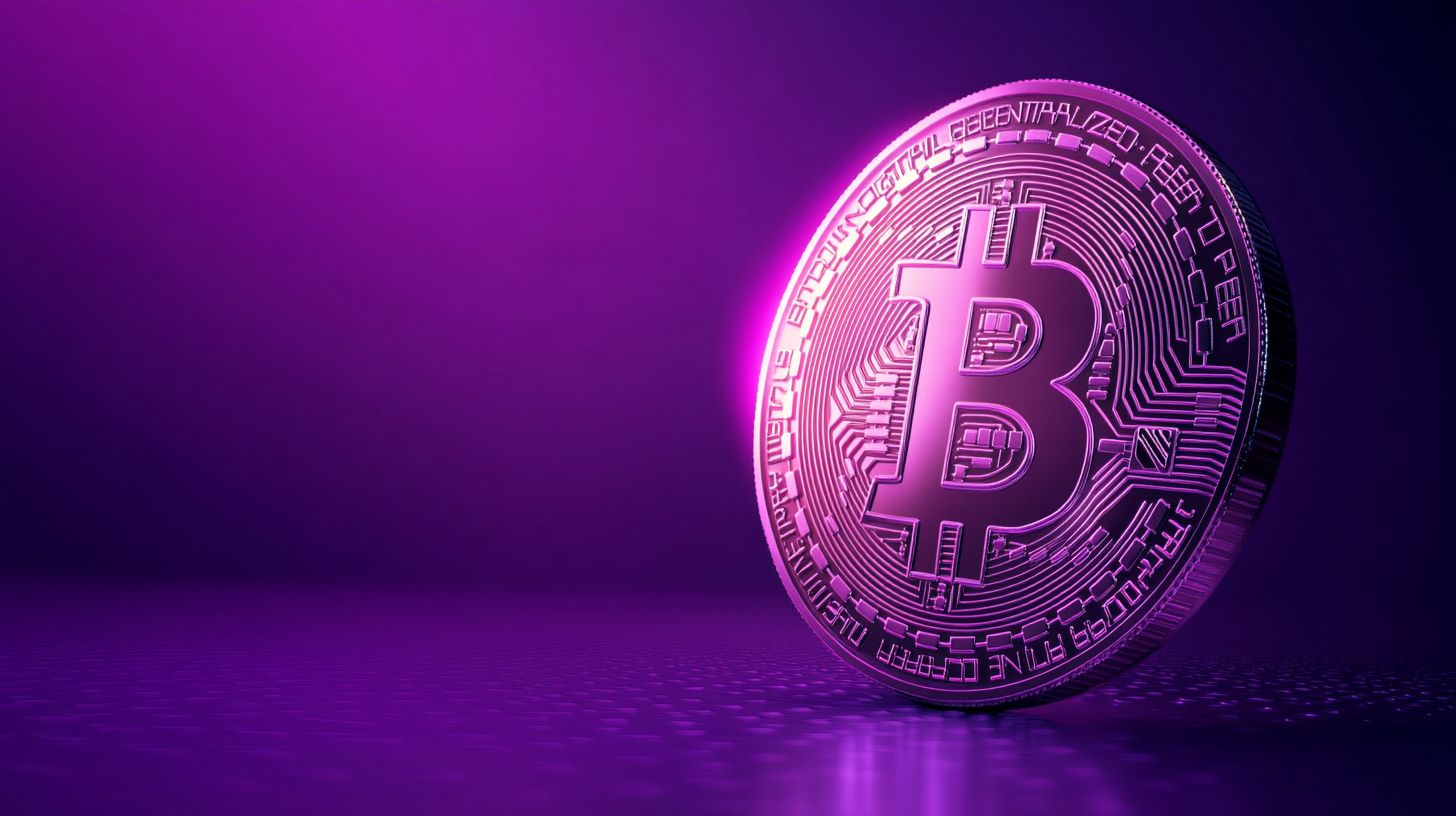Ripple has entered into a partnership agreement with Wormhole, a top cross-chain messaging protocol. This is a major move to make XRP Ledger (XRPL) fully interoperable. XRPL will be able to communicate with more than 35 blockchains such as Ethereum, Solana, and Avalanche.
However, this major step comes as Ripple faces continued legal resistance. Judge Analisa Torres recently rejected a joint motion filed by Ripple and the SEC to reduce the civil penalty from $125 million to $50 million.
XRPL Unlocks Multichain Access with Wormhole
On June 26, Ripple revealed that XRPL and its forthcoming Ethereum Virtual Machine (EVM)-compatible sidechain would connect with Wormhole. The addition of Wormhole to XRPL is a significant change in Ripple’s interoperability strategy. The integration brings two major features to XRPL. They are
- Users will be able to transfer assets like XRP and tokens issued on XRPL to large chains without needing CEXes or third-party intermediaries.
- It adds cross-chain messaging, enabling the smart contract on XRPL to communicate with the protocols and functions on another network.
The sidechain will allow developers to use more familiar Ethereum tools while at the same time allowing them to utilize the XRPL’s speed and security. Developers looking to build apps for payments, DeFi, and RWA use cases now have an extra option to work with on the network.
What This Partnership Means for Ripple
The Chief Technology Officer of Ripple, David Schwartz, believes that the future of mass blockchain adoption is interoperability. He pointed out that the XRPL needs to be able to issue assets that can interoperate with the rest of the crypto ecosystem should the platform want to remain competitive and relevant.
The partnership will enhance the mass adoption efforts of Ripple by giving institutions and developers cross-chain innovation. It is also in line with Ripple’s long-term vision to facilitate a stable, open, and multichain digital world of regulated financial applications.
Judge Torres Rejects Ripple–SEC Motion for Indicative Ruling
As Ripple is advancing in its technical capacity, legal issues still trail behind. On June 26, U.S. District Judge Analisa Torres denied a joint request that Ripple and the SEC had filed seeking what is called an indicative ruling.
The motion aimed to get rid of the permanent injunction that prevents Ripple from selling XRP to institutional investors in the U.S. The filing also made a motion asking for a reduction of the $125 million civil penalty to $50 million.
Judge Torres dismissed the request on procedural grounds. She held that after a final judgment is rendered, the changes to that judgment should be made via a formal appeal process and not through a joint motion by the parties involved.
The rejection means that Ripple remains barred from institutional XRP sales within U.S. jurisdiction and must still contend with the full penalty unless it successfully appeals the judgment through higher courts. This ruling does not affect the part of the case where the court concluded that XRP is not a security when sold to retail buyers on secondary markets.
What Does The Future Hold?
The newest Wormhole integration by Ripple has the potential to turn XRPL into a genuinely multichain, interoperable platform. However, the SEC case does limit Ripple’s ability to grow its institutional business domestically, which is a core part of its enterprise strategy. This makes a settlement important for Ripple.


